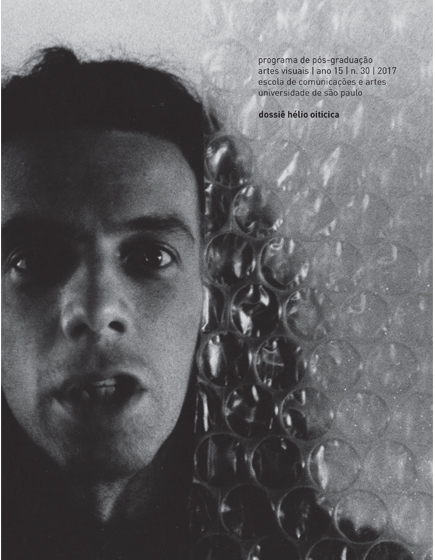Pigment pur and the Corpo da côr: post-painterly practice and transmodernity
DOI:
https://doi.org/10.11606/issn.2178-0447.ars.2017.138499Keywords:
Hélio Oiticica, modernism, monochrome, readymadeAbstract
This article analyzes a near-contemporaneous incidence of post-painterly practice—the use of raw pigment—utilized by the French neo-avant-garde artist Yves Klein and the Brazilian artist Hélio Oiticica. The use of raw pigment by both artists was conditioned by a self-conscious relationship to the history of modernist art and the monochrome as a limit and origin of painting. Despite the confluence of such orientations, Klein’s Pigments purs (pure pigments) and Oiticica’s Corpo da côr (body of color) resulted in radically divergent orientations towards the industrially-produced commodity and hence the readymade. By exploiting inconsistencies characteristic of the commodity in developmentalist Brazil, Oiticica orchestrated a transfer of making from artist to viewer, initiating a newly participatory dimension within modernist color.
Downloads
Downloads
Published
Issue
Section
License
The responsibility for obtaining written permission to use in the articles materials protected by copyright law lies entirely with the author(s). Ars is not responsible for copyright breaches made by its collaborators.
The authors have the copyrights and grant the journal the right of the first publication, with the article licensed under the Creative Commons BY-CC License.
Licensees have the right to copy, distribute, display, and carry out the work and make derivative works from it, including with commercial purposes, granted that they give the due credit to the author or licensor, as specified by them.
Licensees compromise to inform the appropriate credit, provide a link to the license, and indicate if changes were made.
Respected the terms of the license, the licensors/authors are not allowed to revoke the conditions above mentioned.
After the publication of the articles, the authors keep the copyrights and the rights to republish the text exclusively in unpublished books and collections.


